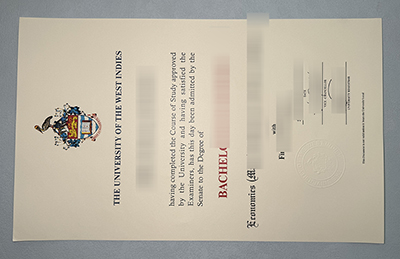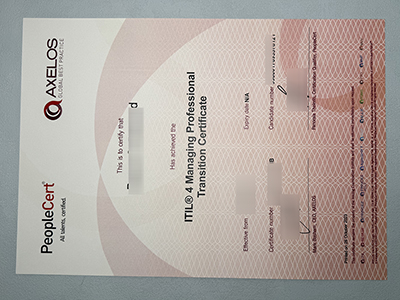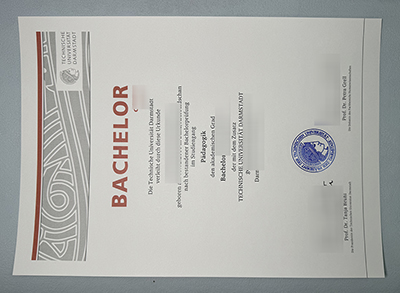
The Sensible Tips to Buy a Fake University of Southern California Transcript, Buy a fake USC Transcript, Buy US Fake Transcript, The University of Southern California opened for business in Los Angeles in 1880, when the city still lacked even basic amenities such as paving stones and electric light, and long before it became the glitzy capital of the movie industry. Although spearheaded by a judge called Robert Maclay Widney and a number of like-minded citizens, it took almost 10 years for their plans for a university in the region to come to fruition. It was eventually made possible by the donation of land from a diverse group of philanthropists: a Protestant horticulturist; an Irish pharmacist (and former governor of California); and a German-Jewish banker.
Although it initially welcomed only 53 students, USC has since grown into an internationally renowned research university and the largest private-sector employer in its city. Close to 4,000 faculty are now split between 21 separate schools and units. While the main campus can be found in the centre of Los Angeles, the three teaching hospitals and Schools of Medicine and Pharmacy are grouped together on a separate Health Sciences campus to the north east. Specialisms include cancer, stem cell, regenerative and sports medicine. Equally significant is the city children’s hospital staffed by USC’s Keck School of Medicine.
Physicist Murray Gell-Mann, who postulated the existence of quarks and gave them that name, is one of five Nobel laureates. Home to a School of Cinema Arts since 2011, the university numbers among its alumni many who have gone on to achieve great fame in show business such as Hollywood stars John Wayne and Clint Eastwood and film-maker George Lucas. Equally notable is astronaut Neil Armstrong, the first man to walk on the moon.
What does a Fake University of Southern California Transcript do?
The Transcript of Records is a document you will need to present, as part of the application process at your future host university from abroad. If you will be part of an exchange programme, you will also need another official transcript of records at the end of your study period, completed by the university where you attended courses.
The Transcript of Records (ToR) consists basically of a list of the course units taken, the exams you have passed and the credits gained.
In the Transcript, you can usually see:
the course unit code (basically the code the host university gives to a specific academic course)
the title of the courses you have attended at your host university
the duration of the course (if one semester or two)
the local grade (your exam mark, which is very important in order to get your ECTS credits)
the ECTS credits you have gained by passing the exam
In case your home university does not use the ECTS system, the transcript of records should include an explanation of the credit and grading systems used. If you’re submitting the ToR online, you can describe the grading scale used at the institution at the time of study. The description should clarify which are the highest and lowest grades.
Depending on the rules set by each university, your academic records can be filled by yourself or the home and/or host university, usually the International Office. Normally, the ToR is being filled once you have passed all your exams included in the Learning Agreement, and, usually, the failed courses won’t be listed, just the ones you passed.












